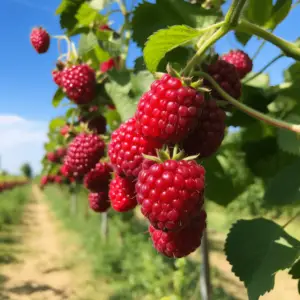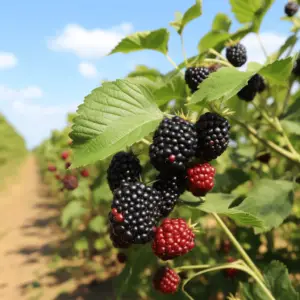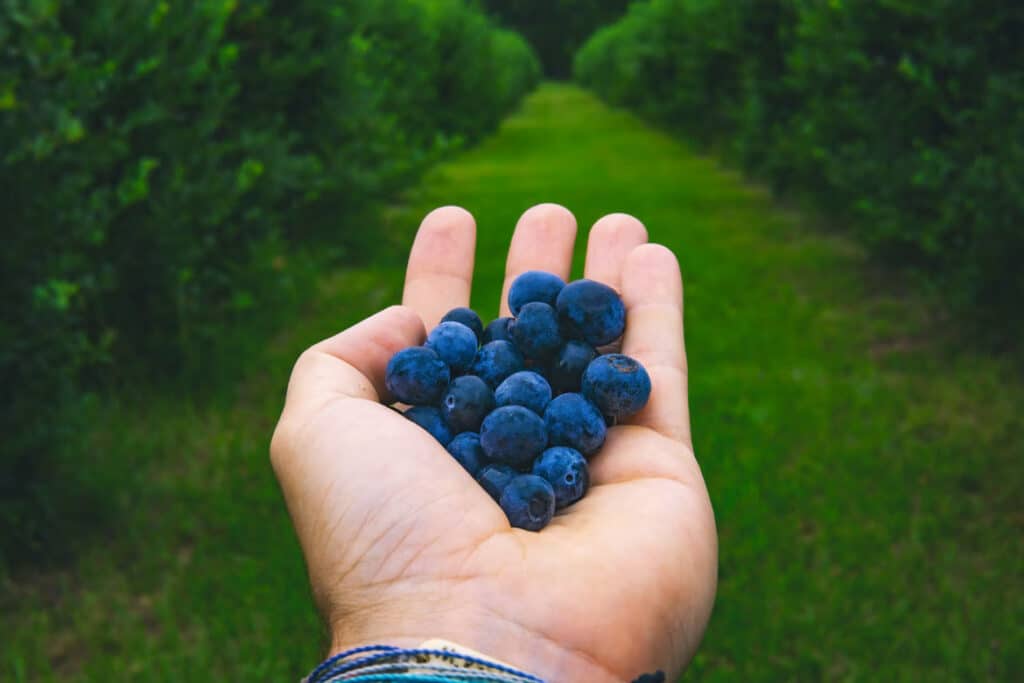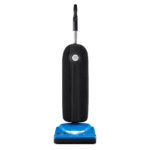Primocanes vs floricane, Brambles, commonly known as caneberries, like raspberries and blackberries, are native to the U.S. They can grow in many different regions and provide a great harvest of delicious fruits.
However, to properly manage your caneberries, you need to understand the difference between the canes that are called floricanes and those that are called primocanes.
Table of Contents
Primocane

Primocane blackberry and raspberry bloom and fruit next year. Blackberry primocanes have biennial canes and perennial roots. Primocanes are produced and set flower buds, but rarely blossom the first year.
Primocane berry plants should be planted in a sunny area, like a long fence line for blackberry and raspberry canes. Plant in healthy, well-drained soil and water for the first month to establish them for maximum results.
No additional water will be necessary except in times of drought. While blackberry and raspberry plants are native to the U.S, they can survive on the natural amount of rainfall in most regions.
Floricane
Floricanes, on the other hand, are the canes that produce fruit during their second year of growth. During their first year, traditional blackberry canes varieties do not produce fruit. They produce fruit during their second year of growth when they are called floricanes.
Primocane Vs Floricane: The Difference
The first-year canes, called primocanes, blossom and fruit the next year after dormancy. Floricanes, second-year canes, die and are removed after fruiting.
Blackberries and raspberries generally have unusual growth habitats. They have roots and crowns that are perennial, but the life cycle of canes is just two years.
First years canes (known as primocanes) grow from buds on the roots or crown and reach full height by the end of the growing season. Therefore, the first year in the cycle is when the primocanes grow. The following year there will be floricanes.
The primocanes have a vegetative growth, while the floricanes growth produces fruits and then dies back so the cycle can start again.
Another difference is that floricanes have shorter internodes or rather spaces between leaves on the cane. They also have three leaflets per compound leaf, while the primocanes usually have five leaflets and longer internodes.
Primocane Vs Floricane: Varieties
Most varieties of raspberries and blackberries are floricane fruiting or summer-bearing. That means they produce berries only in the second year of growth. The primocanes are also known as fall-bearing or ever-bearing plants.
While ever-bearing varieties produce fruit on the floricanes during summer, they also provide fruit on the primocanes. The primocane fruiting takes place at the tips of early fall or late summer in the first year. They then produce fruit lower on the primocanes the following year in early summer.
Primocanes vs floricane are planning to grow this type of berry, you might want to sacrifice the early summer crop by pruning back after they produce in the fall. Consider cutting them down close to the ground for fewer but better quality berries the following year.
Primocanes vs floricane is often easy to tell a primocane from a floricane, but primocanes vs floricane depends on the variety and degree of growth. Usually, the primocanes are thicker, green, and fresh, while the second growth floricanes turn woody and brown before dying.
Other floricane and primocane differences include when the fruit appears to them. Floricanes should have plenty of green berries in spring while primocanes will show no fruit. Distinguishing between floricanes and primocanes takes a little practice, though, but once you notice the differences you won’t forget them.
Planting Primocanes

Primocane berry plants should be planted in a sunny region, like a fence line that can support raspberry and blackberry canes.
To establish, plant in fertile, well-drained soil and water as needed for the first month. After that, blackberry and raspberry can survive on natural rainfall, thus watering may only be needed in droughts.
To achieve great results when you grow primocane-bearing berry plants, proper maintenance is important. A healthy berry patch can even bear fruit for decades, which is a great thing considering that primocane berry plants are low-maintenance.
Since primocane raspberry and blackberry yield a fruiting crop in the first-year canes, you might want to apply the method of mowing your plants down after harvest.
This technique makes it so that you will only be growing first-year canes and getting a fall crop from primocane-fruiting berry plants. Some of the common primocane berry plants include:
Jaclyn Primocane Red Raspberry
This is one of popular the disease-resistant primocane raspberry plants around. It rows 5-foot tall canes and thrives in zones 4 through. Jaclyn primocane red raspberry is highly productive and great for multiple harvests.
Himbo Top Primocane Blackberry
The Himbo Top Primocane Blackberry is considered great for zones 4 through 8 and is disease-resistant too. The large red raspberries tend to weigh down the canes, so you might want to use sturdy vertical supports for your plants.
Prime-Ark 45 Primocane Blackberry
This is yet another great primocane blackberry. It is a disease-resistant plant that will provide fruit in the first year of cane growth and is suitable for regions ranging from 5 to 8.
It is high-yielding and you will harvest large. This primocane-bearing plant usually provides a bumper crop of great berries from mid-June through frost the first year.


